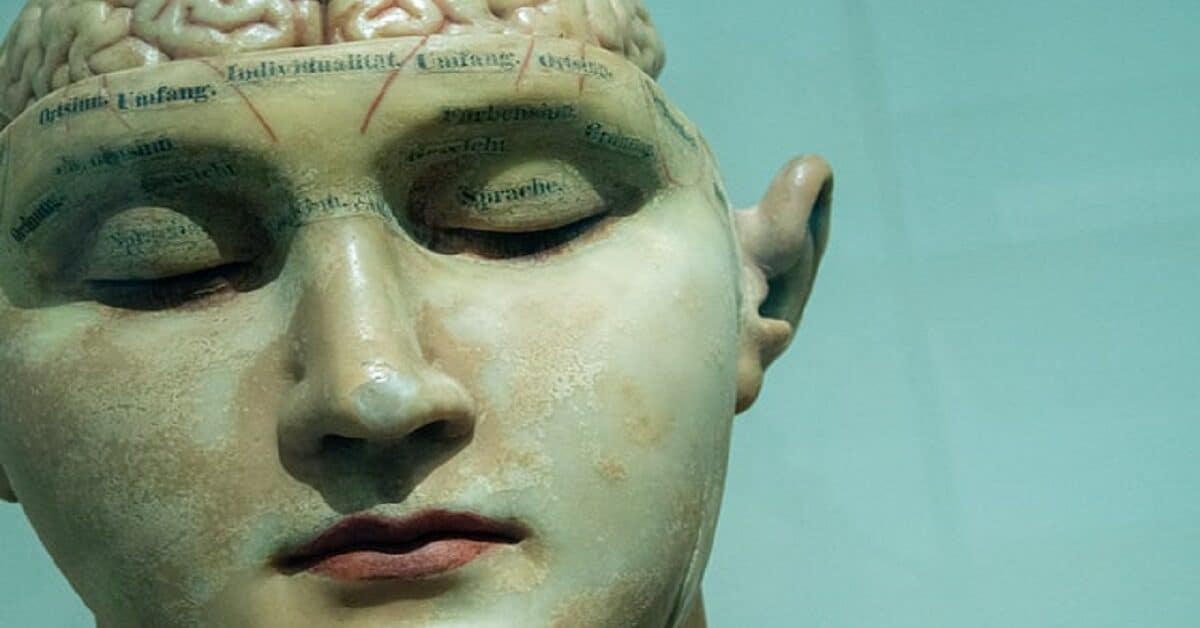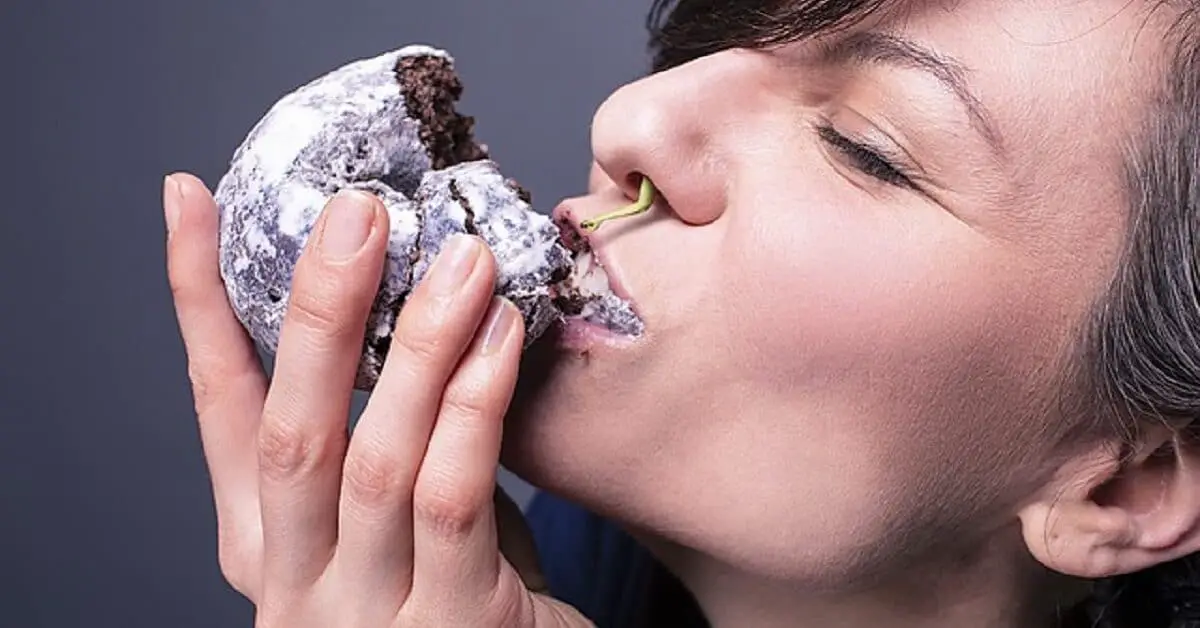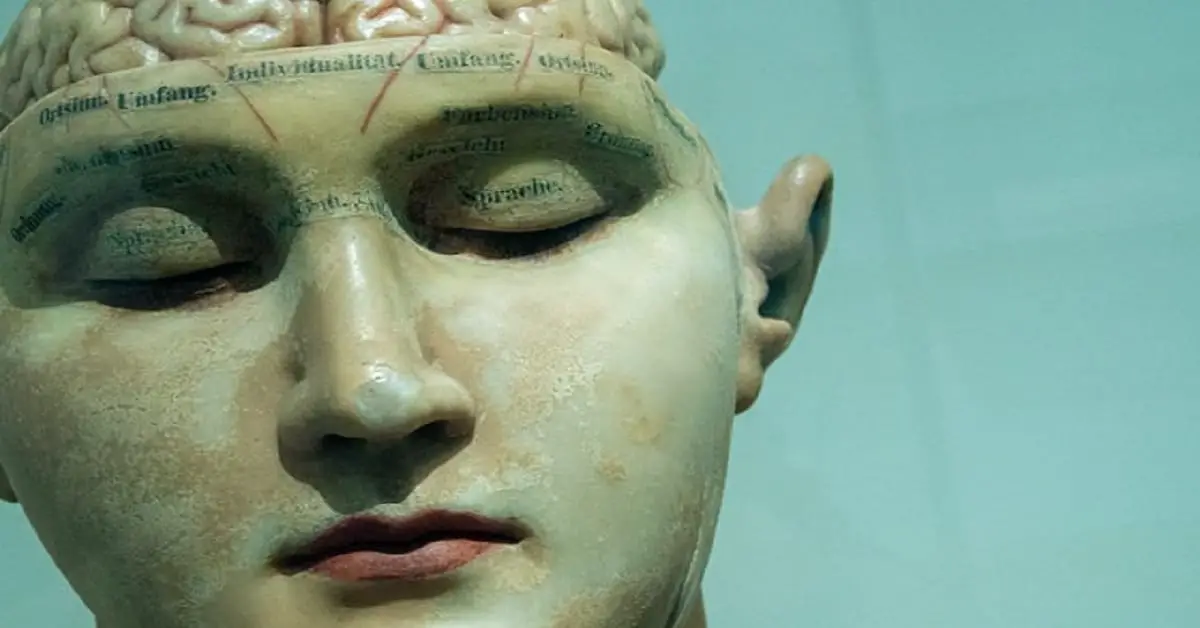
Strange cravings (such as pica), obsessive-compulsive behavioral patterns, emotional and psychiatric disorders are among many signs and symptoms of iron deficiency.
Iron deficiency occurs when you don’t have enough of the essential mineral to make hemoglobin, a protein in red blood cells that helps distribute oxygen from the lungs to tissues and organs.
Strange cravings, such as pica , and other weird symptoms of iron deficiency are not considered the cause of iron deficiency, but symptoms of the condition (Khan et al.). Doctors usually treat iron deficiency by oral administration of supplements or intravenous replacement. The fact that treatment of iron deficiency usually leads to the resolution of pica and other strange behavioral issues indicates they were directly due to lack of the essential mineral (Scheckel et al.).
Read about blue sclera (eye) sign of iron deficiency here.
Contents:
What causes strange cravings and pica?
Diagnosis of pica and strange cravings
Iron deficiency symptoms: Types of strange cravings

Pica is the best-known type of strange craving that manifests as a symptom of iron deficiency. Pica, also known as allotriophagia, is a symptom of iron deficiency characterized by the compulsive desire to eat non-nutritive or non-food substances, such as ice, soil, chalk, glue, dried paint, pieces of dirt, baking soda, cornstarch, soap, detergent, paper, rubber, foam, cigarette butts, stones, pebbles, rocks, and bricks.
DSM-5 defines pica as “persistent eating of non-nutritive substances for at least one month, that is inappropriate to the developmental level of an individual and is not a part of culturally supported or socially normative practice.”
People with iron deficiency-related pica may also crave food items such as pickles, tomatoes, and salt.
Although pica is the most commonly mentioned type of craving symptomatic of nutritional deficiencies, several other types may be associated with iron deficiency.
Below is a list of the different types of cravings that may occur as symptoms of iron deficiency. We start by listing the known types of pica.
Iron deficiency symptoms: 13 subtypes of pica you should know

- Pagophagia is a symptom of iron deficiency that manifests as persistent chewing and ingestion of ice cubes. It may involve eating ice cubes from ice trays, ice scrapped from the freezer wall (freezer frost), iced drinks, and ice creams. Besides iron and micronutrient deficiencies, pagophagia may occur during pregnancy or as a manifestation of emotional and psychiatric disorders. Mehra et al. reported the case of a patient with depressive disorder who started by consuming about 250-500 g of ice cubes per day but gradually increased her consumption to 10-12 kg a day.
- Geophagia is the persistent ingestion of earth, soil, or clay. It may be due to micronutrients deficiency (iron and zinc deficiency), psychiatric and emotional disorders, or a culturally acquired behavior. It may also occur in infants, young children, pregnant women, and during a famine.
- Amylophagia is the practice of consuming purified starch. It may occur as a symptom of micronutrient deficiencies, including iron deficiency. It may also occur in pregnancy and is sometimes associated with gestational diabetes. Some cases of amylophagia are related to cultural practices.
- Acuphagia is a subtype of pica involving the eating of sharp metallic objects such as nails, needles, forks, and thumbtacks. It may be associated with emotional and psychiatric disorders, such as obsessive-compulsive disorders (OCD), depression, and anxiety. Emamhadi et al. reported a case involving a 44-year-old man who died after he was brought to the emergency department due to severe abdominal pain. Autopsy revealed 64 metal bolts and metal fittings weighing 3.7kg in his esophagus, stomach, small intestine, and large intestine.
- Hyalophagia is the consumption of glass material. It may lead to serious complications such as impaction, intestinal obstruction, ulceration, perforation, and bleeding.
- Cautopyreiophagia is the compulsive ingestion of the heads of matches or burnt matches. It may lead to severe hyperkalemia (potassium poisoning), hypozincemia (low zinc levels), and hypogeusia (diminished sense of taste). Mehra et al. reported a case of cautopyreiophagia in a 16-year-old Indian girl with iron deficiency.
- Resinphagia refers to rare cases of compulsive ingestion of kayexalate resin (sodium polystyrene sulfonate (SPS). Kayexalate resin is an ion exchange resin used to treat hyperkalemia.
- Coprophagia (eating feces) has been reported in a human with mild to moderate dementia and mixed iron and macrocytic anemia. It has also been reported in iron-deficient rats.
- Lithophagia is eating and ingesting pebbles, rocks, or stones. Patients may present with dental injury. Altamimi reported a case of lithophagia in a 4.5-year-old-girl with severe iron deficiency anemia, hypoprothrombinemia (deficiency of the blood-clotting substance prothrombin), hypoalbuminemia (low blood albumin levels), rickets, and celiac disease.
- Trichophagia is the habit of ingesting hair. Trichobezoar or Rapunzel syndrome is an associated condition characterized by the accumulation of hair in the stomach and small intestine. Trichobezoar is a subtype of bezoars defined as the accumulation of non-digestible foreign bodies in the gastrointestinal tract. Trichobezoar is most commonly found in adolescent girls and may be associated with iron deficiency, severe microcytic hypochromic anemia (anemia in which the RBCs are smaller than usual and have decreased red color), micronutrient deficiency, and trichotillomania (compulsive pulling of the hair). It may lead to obstruction with symptoms such as recurrent abdominal pain, nausea, vomiting, anorexia, weight loss, malabsorption of trace elements, intestinal bleeding, and perforation
- Xylophagia is eating paper and other objects containing cellulose, such as toilet paper, pencils, tree barks, or other items made of wood. It may occur in iron deficiency.
- Some patients eat toilet air freshener blocks.
- Others eat dried or flaking paint. Cases reported in the last century among children living in older homes with lead-based paint caused lead poisoning.
- Some pica patients drink rubbing alcohol, eat and sniff rubbing alcohol swabs
2 types of non-pica cravings you need to know
Non-pica forms of strange cravings that may occur as symptoms of iron deficiency, with or without anemia, include:
- Desiderosmia or olfactory craving may occur as an iron deficiency symptom. Patients crave odors of non-volatile and volatile substances, such as alcohol, gasoline, kerosene, and menthol. Inhaling volatile substances may occur with pica. Acik et al. reported a case of desiderosmia in a 43‐year‐old woman who was diagnosed with iron deficiency anemia. Her craving for the odor of gasoline resolved after she was treated for iron deficiency.
- Hapticophagia is persistent craving associated with mastication (chewing) rather than ingestion of non-nutritive products. Scheckel et al. reported multiple cases of hapticophagia in iron-deficient female patients. The patients’ chewing cravings included a wide variety of items such as gum, hard candies, crackers, dry oats, pickles, ginseng, chips, popcorn, knitting rope, and sawdust. Some of the patients reported suffering severe jaw pain due to prolonged chewing.
What causes iron deficiency-related strange cravings and pica?

The reasons why people with iron deficiency and other nutritional deficiencies, such as zinc and calcium deficiencies, develop pica and other strange cravings are uncertain. Experts have proposed several explanations of the patterns of strange behavior.
According to Advani et al., there are three categories of theories that attempt to explain pica.
1. Nutritional theory
The nutritional theory suggests that pica, strange craving result when deficiency of iron, zinc, and other micronutrients, triggers appetite-regulating enzymes to make good the deficiency.
Although some researchers rejected this theory based on the argument that most cases of pica involve non-nutritive items, the theory still makes sense if we assume that micronutrient deficiency triggers an instinctive urge to seek unconventional or novel items to supply nutrients that may be missing in the regular diet.
However, the adaptive response to seek out new, unconventional nutritive substances misfires when, instead of obtaining novel nutritive items, the individual resorts to novel but non-nutritive items that may include potentially harmful ones, such as rubber and foam, that have no nutritive value.
2. Physiological theory

The physiological theory is essentially an extension of the nutritional theory. It proposes that instead of pica and strange cravings being merely a direct response to micronutrient deficiency, it is a direct response to physiological stress caused by nutritional deficiency, toxins, and other diet-related stressors.
In other words, animals and humans instinctively seek to alleviate physiological stress due to nutritional deficiency, toxicity, and other diet-related stress factors by initiating clay-eating behavior as an adaptive response.
To illustrate the point, we may note that some experts have suggested that some iron-deficient patients resort to pagophagia (ice eating) to relieve glossal (tongue) pain. Iron deficiency may be associated with a swollen and painful tongue (glossitis). Chewing ice has analgesic effects and may relieve discomfort. Other researchers have also suggested that pagophagia in iron-deficient patients may trigger vascular changes that lead to increased perfusion of the brain, increased alertness, and neurophysiological processing speed.
Evidence that some forms of pica may be adaptive responses to physiological stress may be found in the fact that some wild animals eat clays to bind toxins. Toxins cause stress to the body and aminals apparently seek to relieve the stress by eating clays (geophagia).
Research indicates that monkeys and birds eat clay to bind toxins, reduce digestive disturbances, and improve digestive function.
The clay licks of the Peruvian Amazonia are well-known. They are areas of extensive clay deposits in the rainforest where animals and birds, such as macaws and parrots, regularly gather to eat and lick clay.
(Fun fact: The word “pica” comes from the Latin word for magpie, a bird that humans observers perceived as having a non-discriminatory appetite.)
For instance, monkeys in the Amazon rainforest have been observed descending from trees at considerable risk to their lives — due to predators lurking in the forest floor — to eat clay. A study reported similar clay-eating behavior in African chimpanzees. The apes in the Budongo Forest of Uganda ate clay to supplement their regular diet of leaves, fruits, insects, and small rodents.
Certain clays, such as aluminosilicate clays (bentonite clay or montmorillonite clay), are known to absorb or bind toxins. Due to their polycationic properties, aluminosilicate clays may bind toxins such as cancer-causing aflatoxins, trichothecene mycotoxins (produced by fungi), organochlorine pesticides, and heavy metal toxins (such as lead and copper). Livestock farmers include aluminosilicate clays in poultry feeds to bind toxins and protect liver function. Cattle rearers also treat their herd with oral bentonite (aluminosilicate clays) after they might have ingested poisonous plants.
The physiological theory may be regarded as a reformulation of the nutritional theory or simply another way of expressing it. Besides detoxification, animals may also eat clay to relieve stress due to the lack of certain minerals and vitamins in their diets. Clays are rich in salts and minerals, such as magnesium.
3. Emotional and psychiatric issues

According to Advani et al., strange cravings and pica may also be associated with emotional and psychiatric issues in iron-deficient patients.
Pica may be a sign of emotional disturbances, such as stress, obsessive-compulsive disorder (OCD), psychosocial/family problems, and developmental disorder. In such cases, cognitive behavioral therapy may resolve the problems.
Studies have also linked iron deficiency with mental health issues, including mood changes, depression, and anxiety. People with iron deficiency may be at a higher risk of psychiatric disorders, attention deficit hyperactivity disorder (ADHD), mood problems, and autism spectrum disorders.
Thus, strange cravings may simply be a manifestation of the spectrum of the emotional and psychiatric problems that may occur as symptoms of iron deficiency anemia and other micronutrient deficiencies such as zinc, calcium, vitamin D or vitamin B12 deficiency.
Stein et al. suggested that at least some cases of pica may be considered as lying within a spectrum of mental disorders similar to obsessive-compulsive disorder (OCD).
Some researchers have proposed theories to explain the brain physiology and neuropsychiatric mechanisms underlying cravings. Scheckel et al. suggested that cravings may be due to processes in the hippocampus and nucleus accumbens regions of the brain responsible for integrating pleasure and memory. Imbalances in hormones and neuropeptides such as leptin, serotonin, and dopamine, may lead to food cravings.
Comfort or emotional eating is associated with the release of the pleasure neurotransmitter dopamine that reinforces the behavior. Strange cravings, such as pica, may also be due to the interaction between emotions, pleasure, and the release of dopamine and endorphins. The authors suggested that some patients with strange cravings may engage in compulsive ingestion or mastication of non-nutritive substances to relieve neurocognitive stress due to low dopamine levels.
Scheckel et al. also suggested that pica may be triggered by emotional disorders due to iron deficiency. The authors noted that iron is a key enzymatic cofactor in dopamine synthesis. They suggested that iron deficiency may affect dopaminergic transportation and metabolism, and trigger increases in concentrations of monoamine oxidase (MAO).
MAO is an enzyme involved in the breakdown of neurotransmitters norepinephrine, dopamine, and serotonin.
Diagnosis of pica and strange cravings

Healthcare providers face challenges identifying and recognizing the manifestation of pica, strange cravings, and other pathological behavioral patterns in patients with iron deficiency for several reasons.
- Strange cravings (such as pica) as symptoms of iron deficiency are often not identified, recognized, or treated in time until after complications force the patient or relatives to seek medical help. Such complications could be life-threatening, such as intestinal obstruction, electrolyte imbalances, and sometimes renal (kidney) and liver damage. Khan et al. noted that many people with pica do it in secret and may often hide the behavior from their relatives. They usually don’t mention it to their doctor. Healthcare providers may, therefore, not be aware of their patients’ pica symptoms, and they may go unmentioned until the doctor specifically asks or the patient feels forced to mention them due to developing complications.
- Healthcare providers may also miss the significance of pica and other strange cravings when a full blood count returns normal results. However, Soppi et al. noted that iron deficiency anemia detectable through blood count is often a late manifestation of iron deficiency. Patients may have severe iron deficiency despite having normal hemoglobin levels. You may also show signs and symptoms of iron deficiency, such as pica, despite a normal full blood count (Umbreit). However, healthcare professionals may avoid missing the significance of pica as a symptom of iron deficiency by conducting more sensitive diagnostic tests, such as serum ferritin level tests and bone marrow iron staining.
- Recognition of pica, strange cravings, and psychiatric disorders as symptoms of iron deficiency may be delayed because they may also occur in other conditions. Besides iron deficiency, other micronutrient deficiencies associated with strange cravings include zinc and calcium deficiencies, high levels of blood lead, and vitamin B12 deficiency. Emotional and psychiatric disorders, intellectual disabilities, and autism may also occur with pica and strange cravings. Gowda et al. reported that strange cravings may occur with Kleine-Levin syndrome (a rare disorder characterized by excessive sleeping), mental retardation, and schizophrenia.

